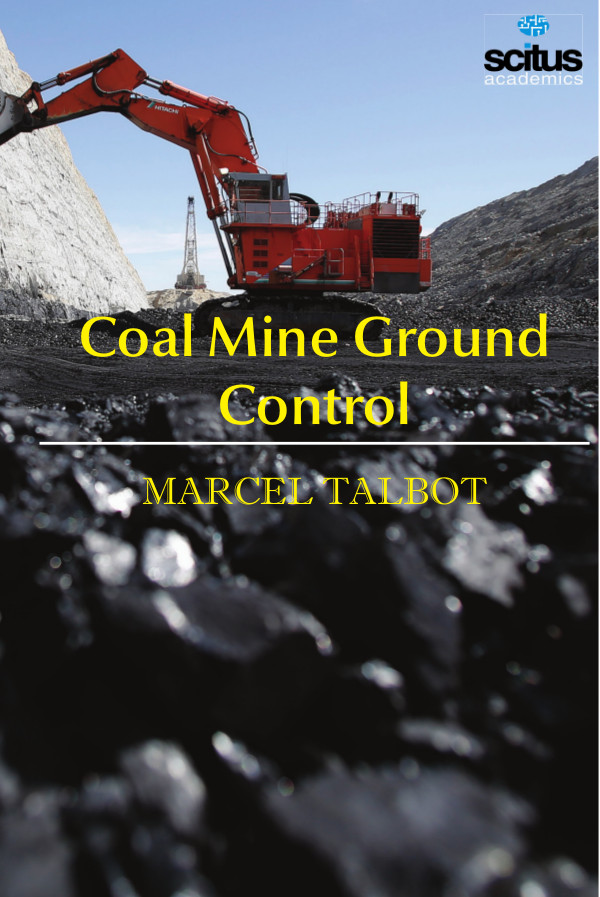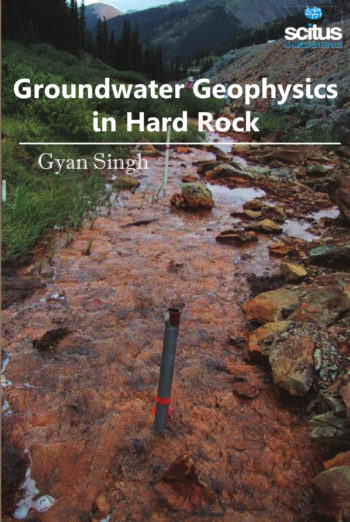The goal of coal mining is to obtain coal from the ground. Coal is valued for its energy content, and, since the 1880s, has been widely used to generate electricity. Steel and cement industries use coal as a fuel for extraction of iron from iron ore and for cement production. Coal mining has had many developments over the recent years, from the early days of men tunneling, digging and manually extracting the coal on carts, to large open cut and long wall mines. Mining at this scale requires the use of draglines, trucks, conveyors, jacks and shearers. The most economical method of coal extraction from coal seams depends on the depth and quality of the seams, and the geology and environmental factors. Coal mining processes are differentiated by whether they operate on the surface or underground. Surface mining and deep underground mining are the two basic methods of mining. The choice of mining method depends primarily on depth of burial, density of the overburden and thickness of the coal seam. Seams relatively close to the surface, at depths less than approximately 180 ft (50 m), are usually surface mined. Coal that occurs at depths of 180 to 300 ft (50 to 100 m) is usually deep mined, but in some cases surface mining techniques can be used. Most coal seams are too deep underground for opencast mining and require underground mining, a method that currently accounts for about 60 percent of world coal production. This book entitled Coal Mine Ground Control covers every major topic concerned with ground control in underground coal mines, with emphasis on the application of various ground control theories and techniques. The book reviews current general practices in underground mine layouts, roof control, and common ground control failures, and the discussion of the state-of-the-art of coal mine ground control technology. The book will also prove useful to practical engineers involved in either the design or the day-to-day operations of underground coal mines.













